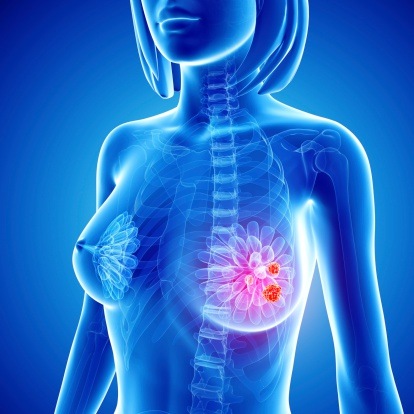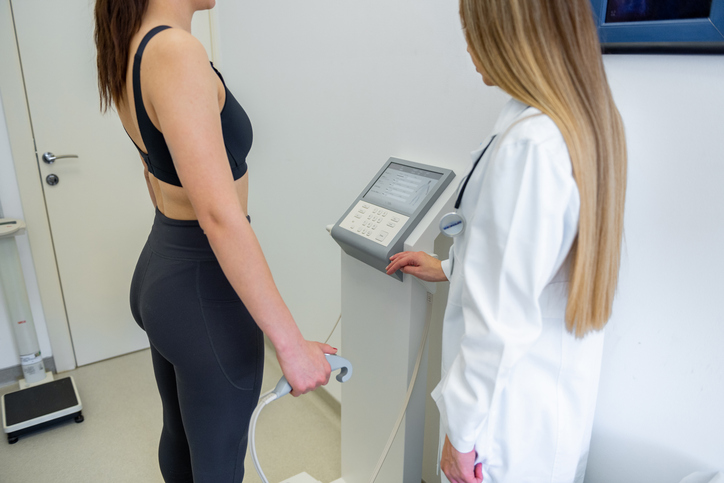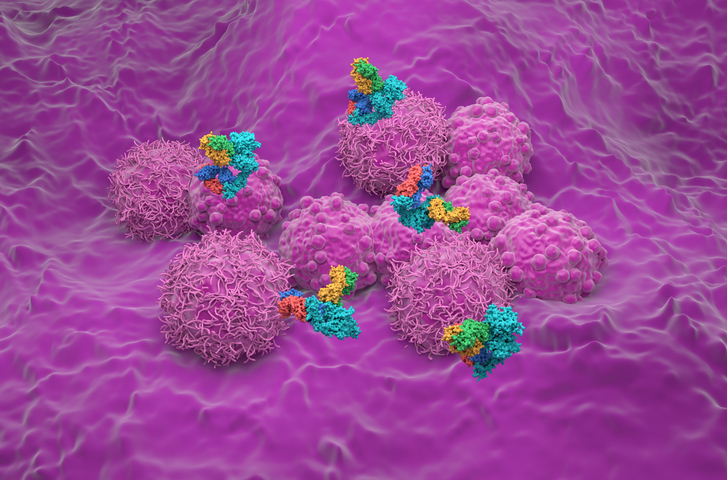
A new study observed the risk of late relapse in patients with HER2-positive (HER2+) breast cancer who receive adjuvant trastuzumab-based chemotherapy.
“Recent trials have shown potential benefit of extended adjuvant endocrine therapy and relatively high risk of recurrence (RoR) after 5 years in hormone receptor-positive (HR+) human epidermal growth factor receptor 2–negative (HER2−) breast cancer. Although risk of late relapse in HR+ HER2− breast cancer is fairly well defined, the risk in HER2-positive (HER2+) breast cancer treated with adjuvant trastuzumab-based chemotherapy remains largely unknown,” the study authors wrote. Their findings were published in the Journal of Clinical Oncology.
The study included data from two trials: the North Central Cancer Treatment Group N9831 and National Surgical Adjuvant Breast and Bowel Project B-31. Patients had HER2+ breast cancer and were treated either with adjuvant chemotherapy alone or with trastuzumab.
Trastuzumab Tested in Two Trials
The first study, “Phase III Trial of Doxorubicin and Cyclophosphamide (AC) Followed by Weekly Paclitaxel With or Without Trastuzumab as Adjuvant Treatment for Women With HER-2 Over-Expressing or Amplified Node Positive or High-Risk Node Negative Breast Cancer,” included women with HER2+ breast cancer that had spread to the lymph nodes or was considered high-risk and had not spread to the lymph nodes. In this study, the treatment arm first received doxorubicin hydrochloride, cyclophosphamide, and paclitaxel; they then received trastuzumab intravenously over 30–90 minutes starting on day one of week 25; treatment continued weekly for 52 courses of treatment. Treatment was terminated if patients presented disease progression or unacceptable toxicity.
The second study, “A Randomized Trial Comparing the Safety and Efficacy of Adriamycin and Cyclophosphamide Followed by Taxol (AC-T) to That of Adriamycin and Cyclophosphamide Followed by Taxol Plus Herceptin (AC-T+H) in Node-Positive Breast Cancer Patients Who Have Tumors That Overexpress HER2,” categorized patients based on number of positive nodes (one to three vs. four to nine vs. 10 or more), hormonal therapy (tamoxifen vs. anastrozole vs. neither), surgery/radiotherapy (lumpectomy plus breast irradiation vs. lumpectomy plus breast irradiation plus regional irradiation vs. mastectomy without radiotherapy vs. mastectomy with radiotherapy), paclitaxel schedule (every three weeks vs. weekly), and participating study center.
Data on a total of 3,177 patients were included. There was a significant association during the first five years between HR+ breast cancer and recurrence-free survival (RFS; hazard ratio [HR], 0.65; 95% CI, 0.56–0.77; P<0.001). Also during the first five years, in the trastuzumab-treated cohort, HR+ HER2+ breast cancer patients had a lower cumulative hazard for RFS (10.96% vs. 17.48%; HR, 0.60; 95% CI, 0.45–0.79; P<0.001). During years five to 10, though, RFS did not largely differ between patients with HR+ and HR− disease (HR, 1.32; 95% CI, 0.93–1.88; P=0.12). The benefit of trastuzumab was similar between HR+ and HR− breast cancers (P for interaction = 0.87). During years five to 10, patients with HR+ HER2+ breast cancer had low RoR, although this differed based on lymph node involvement (3.23% in patients without lymph node involvement [N0] vs. 6.39% in patients with involvement of one to three lymph nodes [N1]).
The study authors wrote in summary, “The benefit of adjuvant trastuzumab persists for a long time. A distinct pattern of recurrence was observed between HR+ and HR− HER2+ disease but with similar degree of benefit from adjuvant trastuzumab. RoR in years 5 to 10 in HR+ HER2+ breast cancer is low, particularly in patients with N0 or N1 disease.”







 © 2025 Mashup Media, LLC, a Formedics Property. All Rights Reserved.
© 2025 Mashup Media, LLC, a Formedics Property. All Rights Reserved.